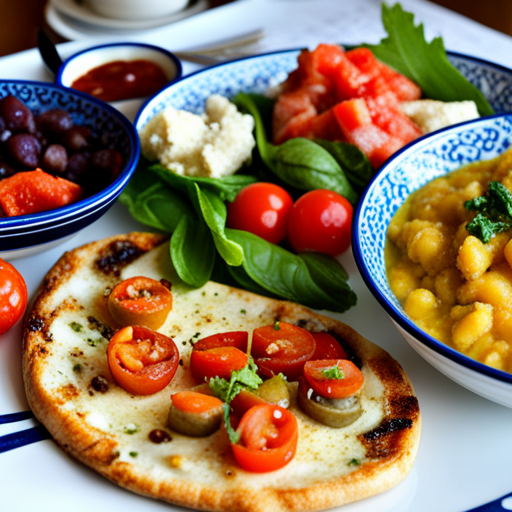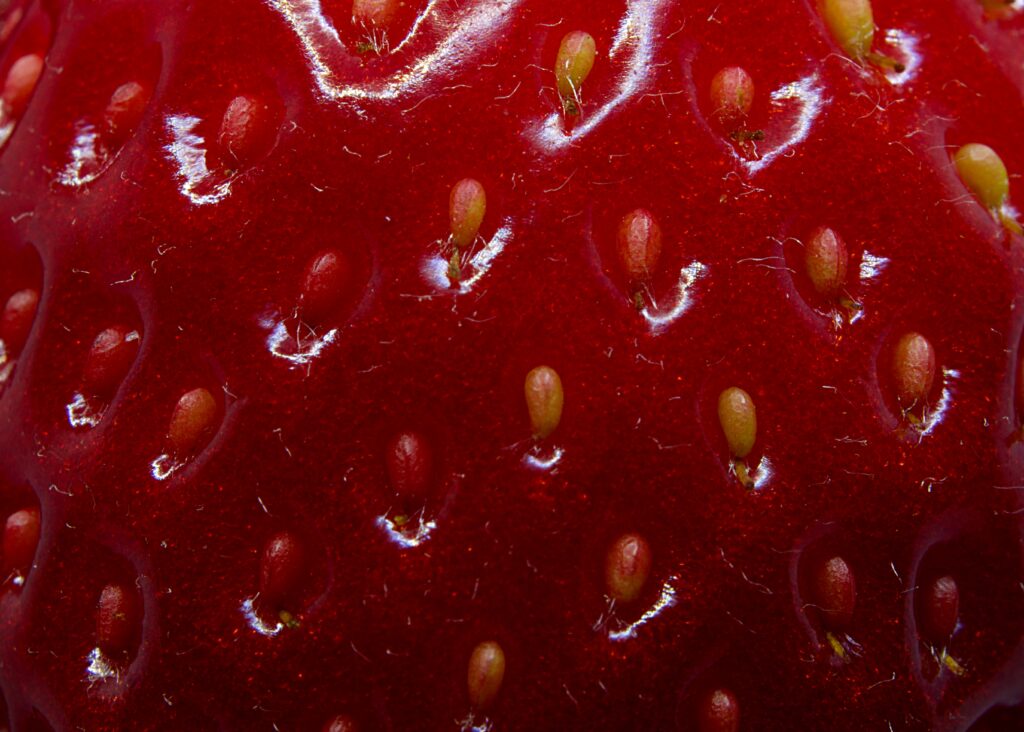Introduction:
What if we told you that a simple tweak in the texture of your food could help you effortlessly slash up to 900 calories from your daily intake, all without having to bid farewell to beloved food groups like carbs? In the world of dietary choices, it turns out that sometimes, making the hard (food) choices can lead to an easy (diet) life.

The Impact of Food Texture:
Research has unveiled an unexpected influencer in the realm of eating habits: food texture, more specifically, the hardness or softness of what you put on your plate. Scientists have delved into this intriguing connection between food texture, food processing, and our daily energy consumption. The results are both eye-opening and promising.
Chew on This: Soft vs. Hard Foods:
In their quest to understand the interplay between food texture and appetite control, researchers embarked on a study that examined four distinct types of foods: hard unprocessed, hard ultra-processed, soft unprocessed, and soft ultra-processed. Each meal was meticulously calibrated to contain the same number of calories, ensuring a level playing field for all groups. Participants were given the freedom to eat as much or as little as they desired based on their feelings of hunger and fullness.
The Surprising Findings:
The most intriguing discovery was this: when it came to overeating, the texture of food played a pivotal role. Surprisingly, the ultra-processed soft food options emerged as the leading culprit for overindulgence, followed by the unprocessed soft category, unprocessed hard foods, and, somewhat unexpectedly, the ultra-processed hard foods.
While it’s no revelation that people tend to overconsume when faced with ultra-processed foods, this research delves deeper into the subtleties. It’s crucial to remember that a vast array of foods falls under the “ultra-processed” label. Therefore, while you should undoubtedly keep your intake of such foods in check, it’s equally essential to consider the texture factor.
The Power of Texture:
Those who opted for harder foods experienced a significant benefit: they consumed fewer calories, ate at a slower pace, dedicated more time to chewing, and naturally took smaller bites. While these may not be the factors at the forefront of your mind while dining, they consistently prove to be instrumental in reducing calorie intake and promoting a sense of fullness.

Conclusion:
In essence, by making smart choices in the hardness of your food, you can effortlessly navigate your dietary journey. Sometimes, the hard (food) choices lead to an easy (diet) life, offering a pathway to better control of your appetite and ultimately, a healthier, happier you. So, the next time you sit down for a meal, think beyond taste and calories – consider the texture and let it guide you towards a more mindful and satisfying eating experience.
Useful links: